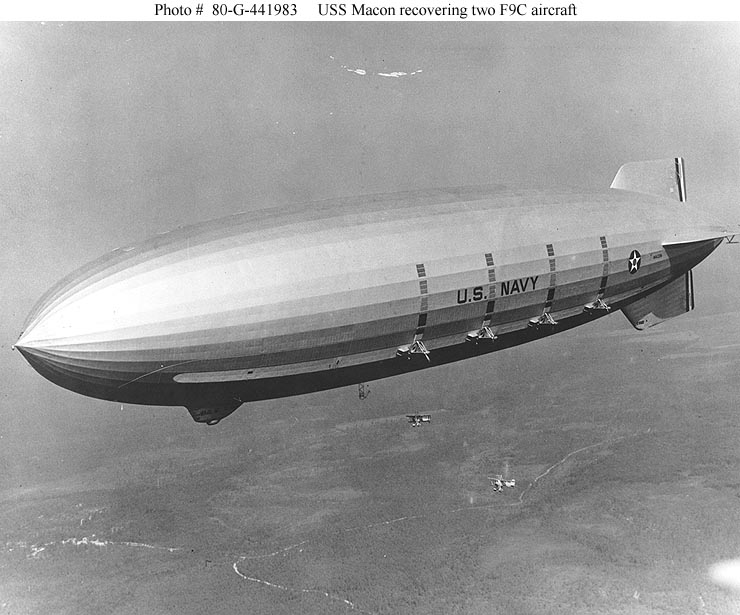
12 February 1935: The United States Navy rigid airship USS Macon (ZRS-5), under the command of Lieutenant Commander Herbert Victor Wiley, crashed into the Pacific Ocean off Monterey Bay, on the central California coastline. The airship soon sank to the sea floor, approximately 1,500 feet (457 meters) below. Of the crew of 76 men, 74 survived.
During an earlier transcontinental flight, USS Macon had encountered severe turbulence while crossing mountains in Arizona. A diagonal girder in one of the ring frames failed. Temporary repairs were made, but permanent repairs were deferred until the next scheduled overhaul.
On 12 February 1935, the airship flew into a storm near Point Sur, California. The ring frame failed and the upper vertical fin was lost. Pieces of broken girders punctured several of the aft helium cells.
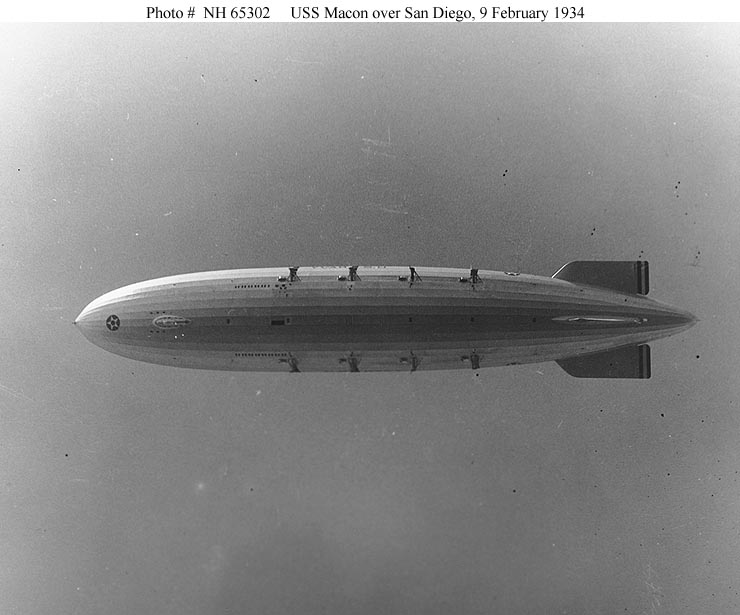
With the loss of helium, Macon lost rear buoyancy and began to settle. To compensate, all engines were run at full power and ballast was released. The airship began to climb with a nose-up pitch angle. When it passed 2,800 feet (853.4 meters) altitude, it reached its Pressure Altitude Limit (“Pressure Height”). At this point, expanding helium began to vent from the gas cells. Macon continued rising until reaching 4,850 feet (1,478.3 meters), by which time it had lost so much helium that the engines could no longer keep it airborne and it again began to settle toward the ocean’s surface. The descent took twenty minutes.
One sailor jumped from the airship, but did not survive the fall. Another swam back to the sinking ship to collect personal belongings and drowned.
Survivors were rescued by three U.S. Navy Omaha-class light cruisers, USS Cincinnati (CL-6), USS Richmond (CL-9), and USS Concord (CL-10), which had responded to Macon‘s distress signal. Lieutenant Commander Wiley was commended by Claude A. Swandon, Secretary of the Navy, for his handling of the accident, and he was awarded the Navy and Marine Corps Medal for personally rescuing a member of the crew at the risk of his own life.
USS Macon was the U.S. Navy’s last rigid airship. For the next twenty years, all lighter-than-air craft were non-rigid “blimps”.
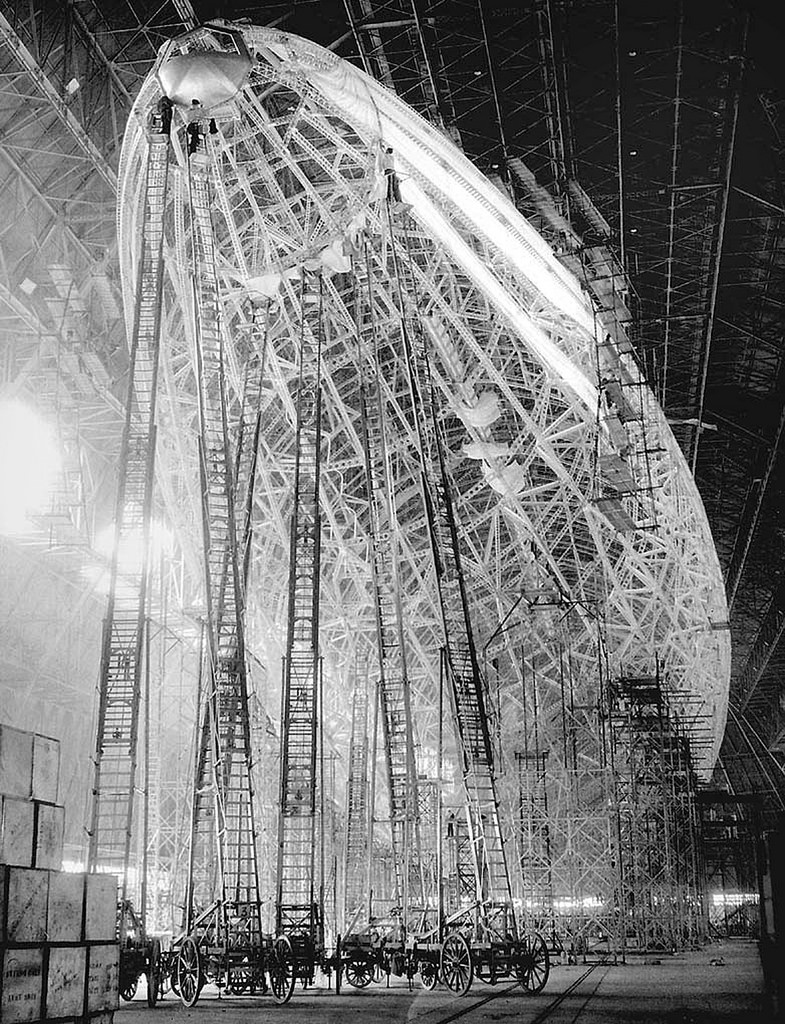
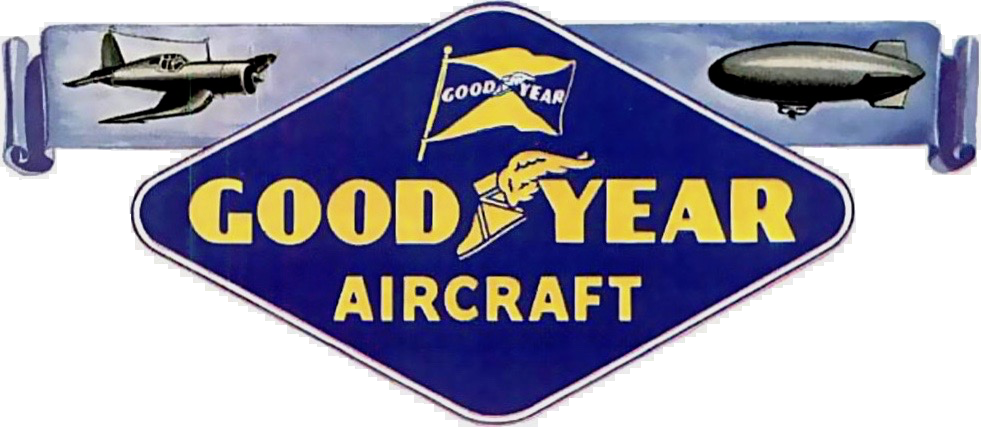
Macon had a dead weight of 108.2 tons (98,157 kilograms) and a useful lift of 160,644 pounds (72,867 kilograms).
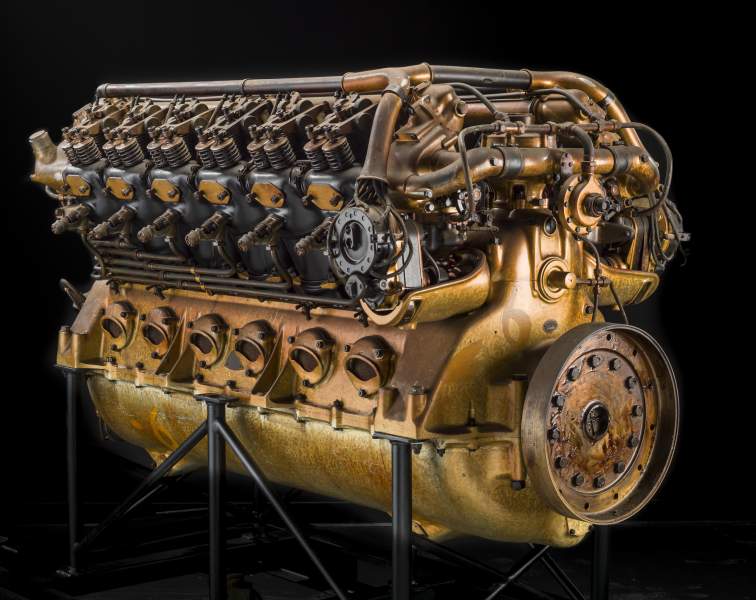
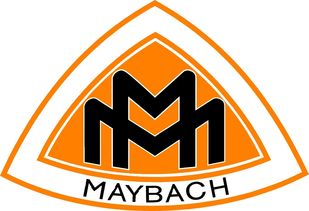
The airship had a maximum speed of 75.6 knots (87.0 miles per hour/140.0 kilometers per hour).
USS Macon was armed with eight Browning .30-caliber machine guns for defense. It also carried five Curtiss-Wright Airplane Division F9C-2 Sparrowhawk reconnaissance airplanes in an internal hangar bay. These were small single-place, single-engine biplanes, with a length of 20 feet, 7 inches (6.274 meters) and wingspan of 25 feet, 5 inches (7.747 meters). The Sparrowhawk had an empty weight of 2,114 pounds (959 kilograms) and loaded weight of 2,776 pounds (1,259 kilograms).
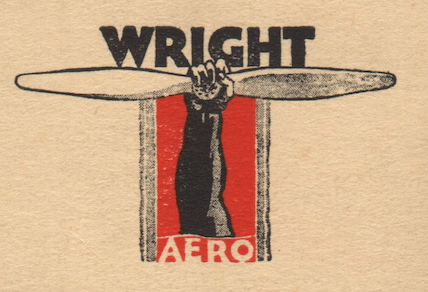
The Sparrowhawk had a maximum speed of 176 miles per hour (283 kilometers per hour), a range of 297 miles (478 kilometers) and a service ceiling of 19,200 feet (5,852 meters).
The airplane was armed with two fixed Browning .30-caliber machine guns, synchronized to fire forward through the propeller arc.
Four of Macon‘s fighters, Bureau of Aeronautics serial numbers A9058–A9061, were lost when the airship went down.
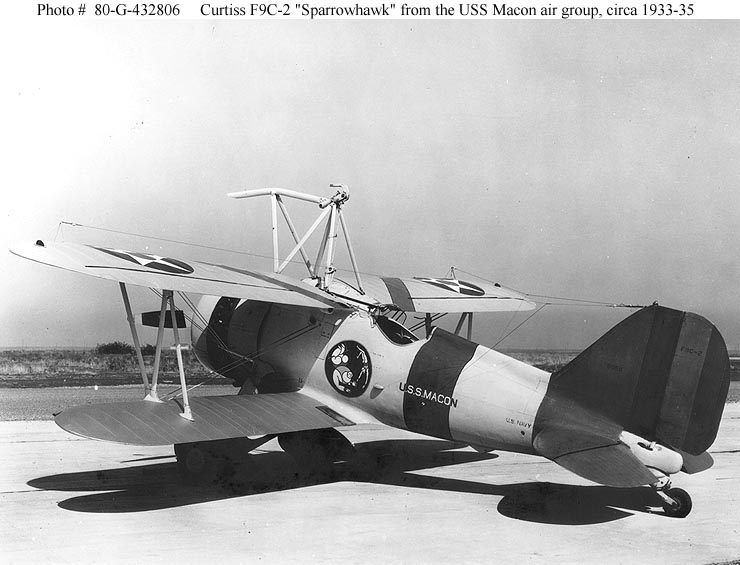
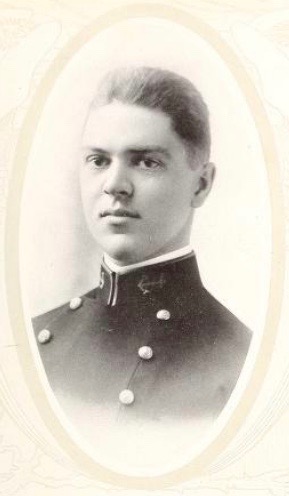
Herbert Victor Wiley was born at Wheeling, Missouri, 16 May 1891. He was the second of three children of Joel Augustine Wiley, a dry goods merchant, and Minnie Alice Carey Wiley.
Herbert Victor Wiley entered the United States Naval Academy at Annapolis, Maryland, as a midshipman, 10 May 1911. During his third year, Midshipman Wiley served aboard the battleship USS Wisconsin (BB-9). “Doc” Wiley graduated 5 June 1915 and was commissioned an ensign, United States Navy.
Ensign Wiley was assigned to the Pennsylvania-class armored cruiser USS San Diego (ACR-6), then the flagship of the U.S. Pacific Fleet.
Ensign Wiley was promoted to the rank of lieutenant (junior grade), effective 15 October 1917. On this same date, Wiley was promoted to the temporary rank of lieutenant. This rank became permanent 1 July 1920.
Lieutenant Wiley married Miss Marie Frances Scroggie, circa 1919. They would have two sons, Gordon Scroggie Wiley and David Carey Wiley. Mrs Wiley died 17 September 1930 in Los Angeles County, California.
On 11 April 1923, Lieutenant Wiley was assigned to the Naval Air Station, Lakehurst, New Jersey. He served aboard the U.S. Navy’s first rigid airship, USS Shenandoah (ZR-1), and was aboard on its first flight, 4 September 1923. A year later, as Shenandoah‘s mooring officer, Wiley was standing by at Lakehurst, New Jersey, when, on 3 September 1925, the airship was destroyed during a violent storm. Of its 40-man crew, 14 were killed.
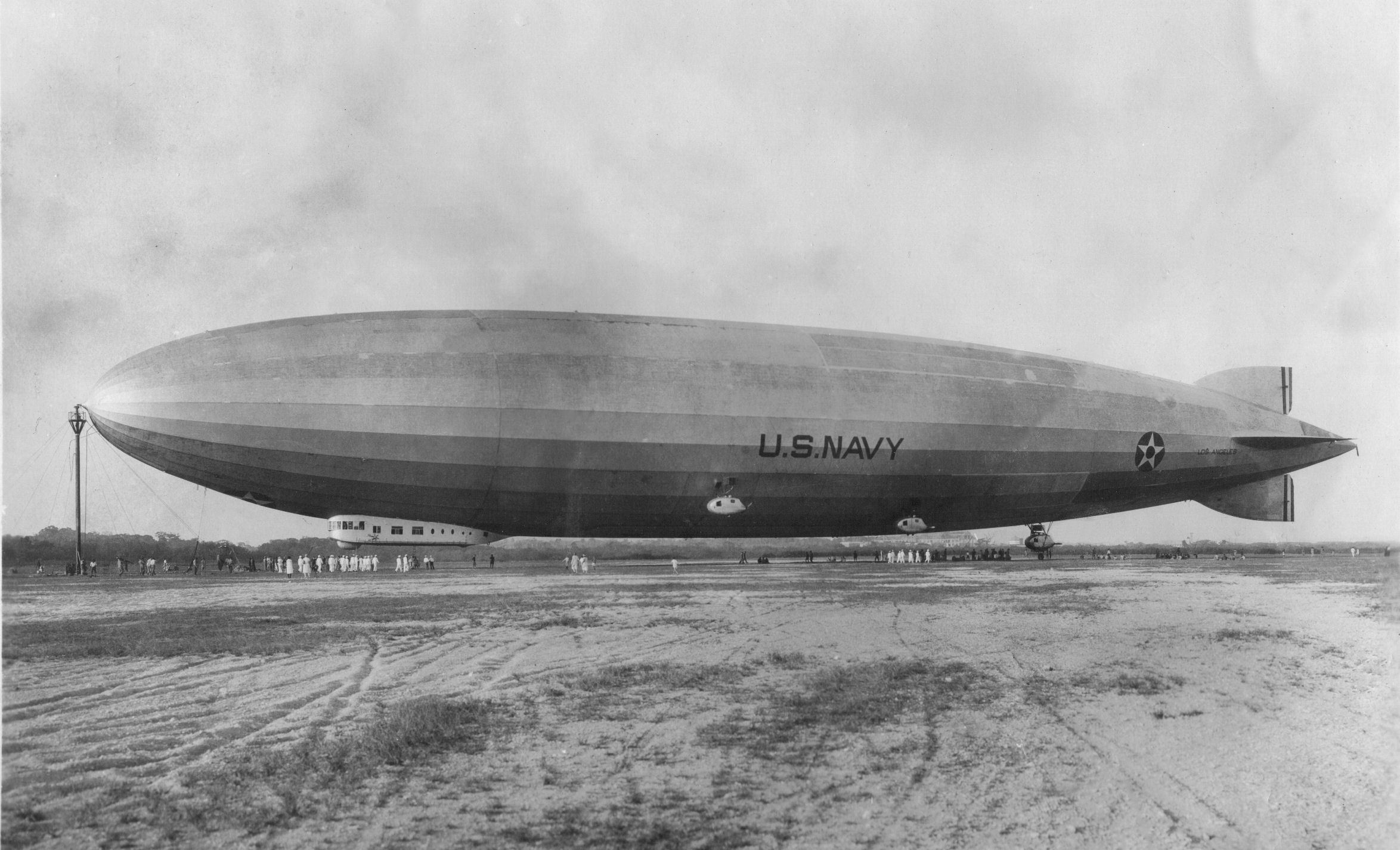
Lieutenant Wiley was then assigned to the dirigible USS Los Angeles (ZR-3), 19 January 1925. (Los Angeles was built by Luftschiffbau Zeppelin GmbH, and designated LZ-126. It was commissioned in the U.S. Navy in 1924.) Wiley was promoted to lieutenant commander 17 December 1925 and transferred to NAS Pensacola, Florida. In 1928, Lieutenant Commander Wiley served as the executive officer of Los Angeles. He commanded the airship, April 1929–April 1930.
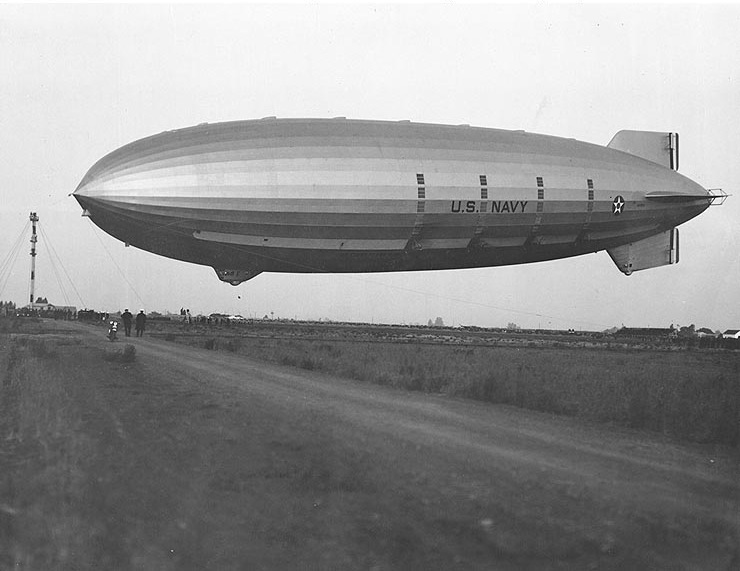
Lieutenant Commander Wiley was the executive officer of USS Akron (ZRS-4) when it was destroyed in a storm off the coast of New Jersey, 4 April 1933. Of the crew of 76 men, only 3, including Wiley, survived.
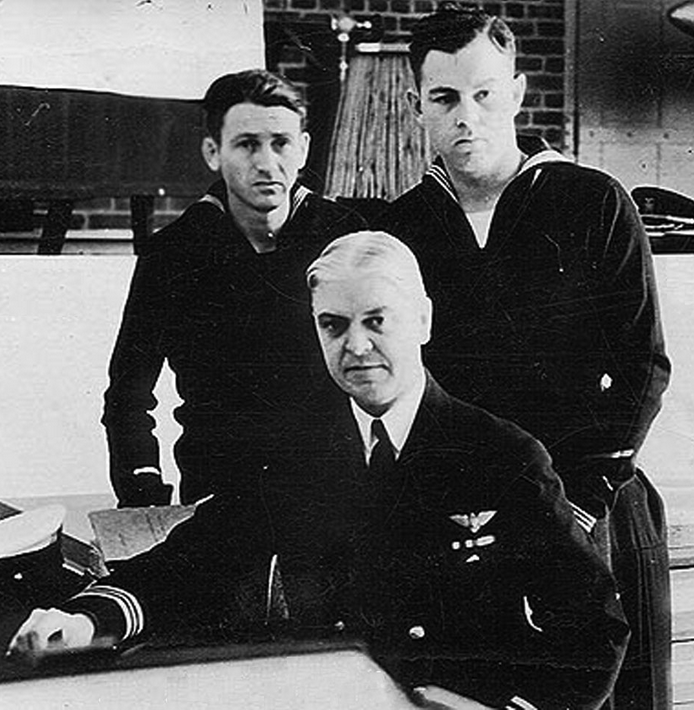
Wiley took command of USS Macon 11 July 1934.
On 23 September 1935, Lieutenant Commander Wiley married Mrs. Charlotte Mayfield Weeden (née Charlotte May Mayfield) in Los Angeles County, California.
Lieutenant Commander Wiley was promoted to the rank of commander 1 November 1935. He was assigned to the battleship USS Mississippi (BB-41). In 1938, he transferred to the U.S. Naval Academy.
Commander Wiley was promoted to the rank of captain, with date of rank from 1 July 1941.
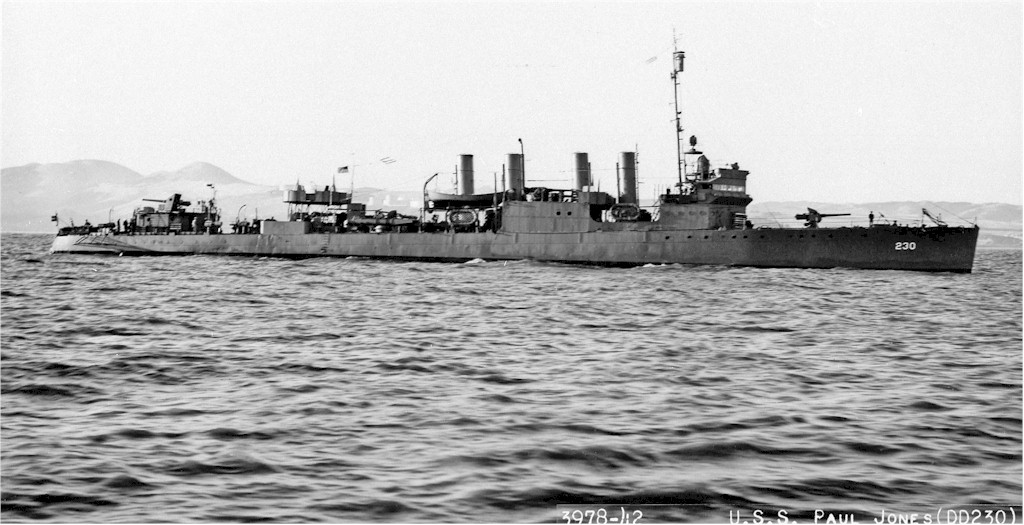
During World War II, Captain Wiley commanded Destroyer Squadron 29 (consisting of thirteen Clemson-class “flush-deck” destroyers) with the Asiatic Fleet. His flagship was USS Paul Jones (DD-230).
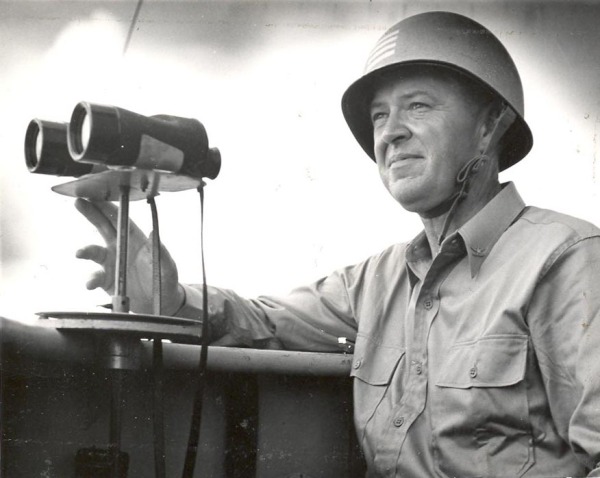
Captain Wiley took command of the Colorado-class battleship USS West Virginia (BB-48), 15 January 1944. The battleship had been sunk at Pearl Harbor, Hawaii, 7 December 1941. It was refloated and returned to a shipyard on the West Coast of the United States, where it was completely rebuilt and modernized. Wiley was awarded the Navy Cross for extraordinary heroism at the Battle of the Surigao Strait, 25 October 1944.¹
During the Battle of Okinawa, Captain Wiley remained on the bridge of his battleship for thirty consecutive days. During this period, West Virginia was hit by a kamikaze suicide attack.
Captain Wiley served as West Virginia‘s commanding officer until 2 May 1945.
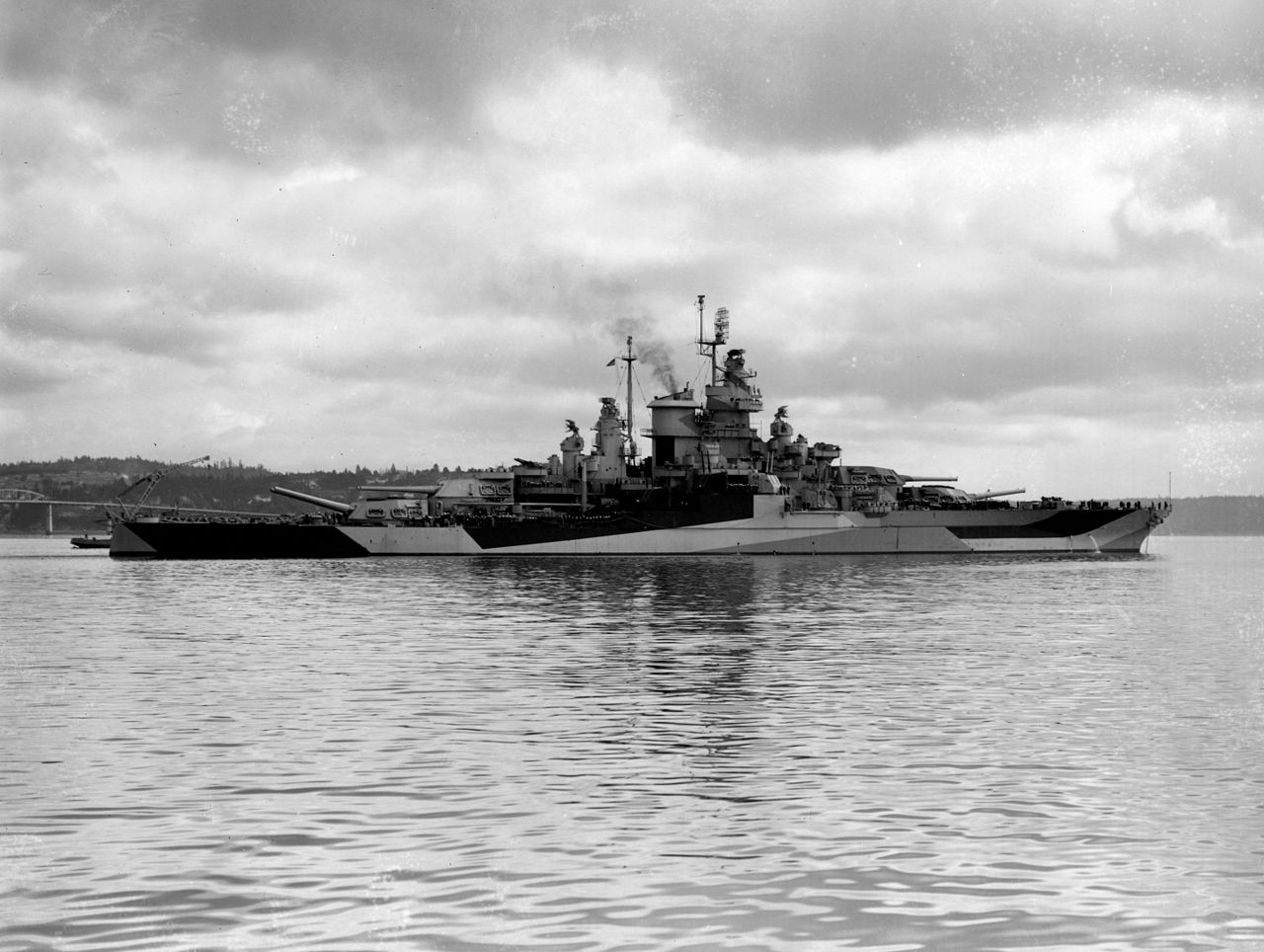
Captain Wiley was promoted to the rank of rear admiral, and commanded a naval aviation facility on the island of Trinidad. While there, he suffered a heart attack. He retired from the U.S. Navy on 1 January 1947, after nearly 36 years of service.
Following his naval career, Admiral Wiley was the dean of the School of Engineering at the University of California, Berkeley.
Rear Admiral Herbert Victor Wiley, United States Navy, died at Pasadena, California, 28 April 1954. He was buried at the Golden Gate National Cemetery.
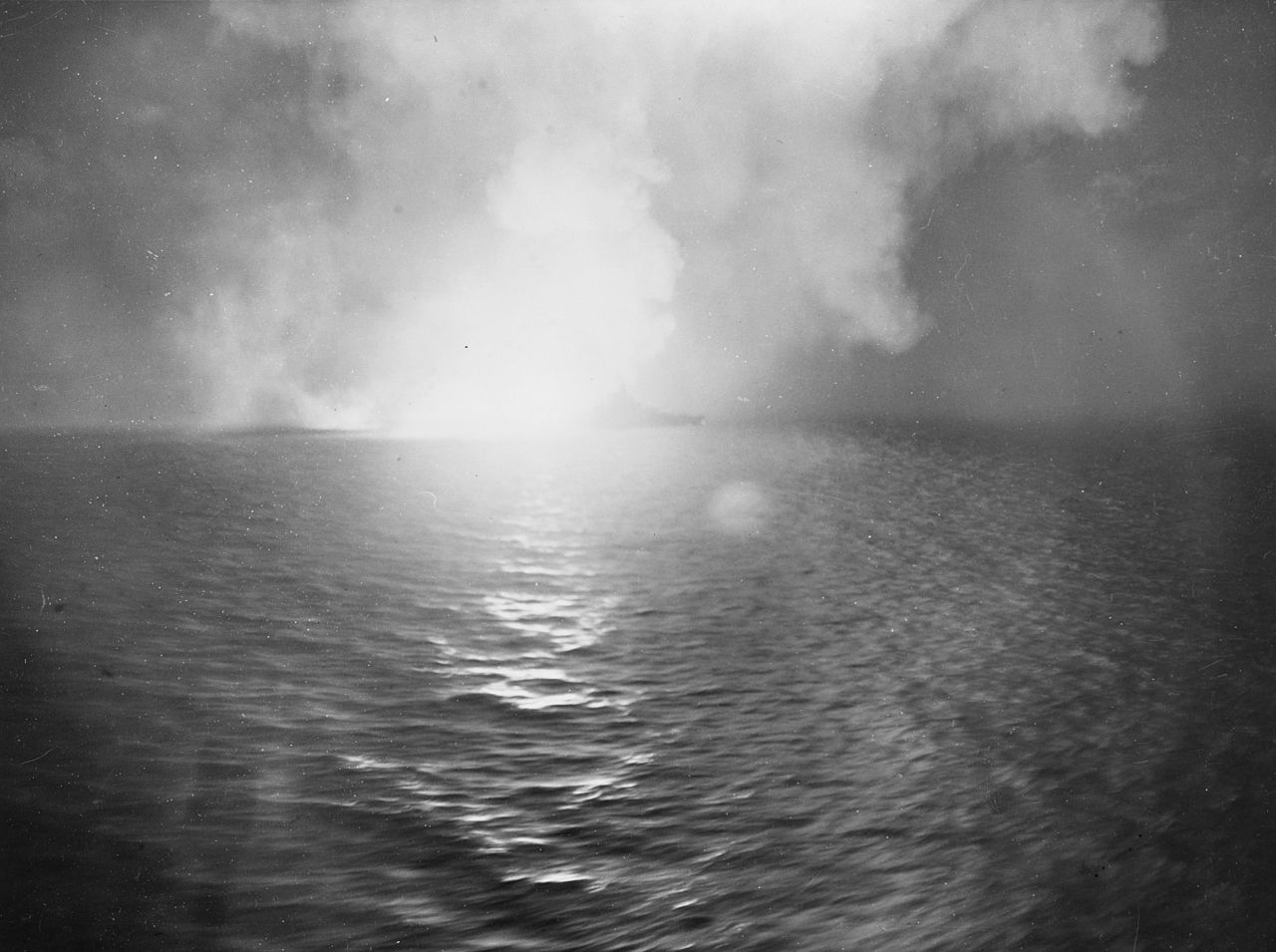
¹ The Battle of the Surigao Strait was a major naval engagement between surface forces of the Imperial Japanese Navy and the United States Navy, a part of the larger Battle of Leyte Gulf. It was the last battleship vs. battleship naval battle.
Highly Recommended:
History of United States Naval Operations in World War II, Volume XII, Leyte, June 1944–January 1945, by Rear Admiral Samuel Eliot Morison, United States Navy. Little, Brown and Company, Boston, 1958.
The Battle of Leyte Gulf 23–26 October 1944, by Lieutenant Commander Thomas Joshua Cutler, United States Navy. HarperCollins Publishers, Inc., New York, 1994.
© 2019, Bryan R. Swopes